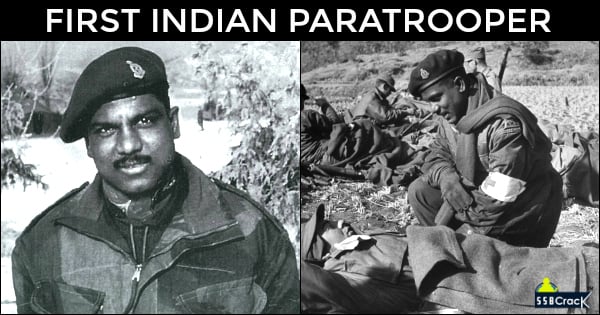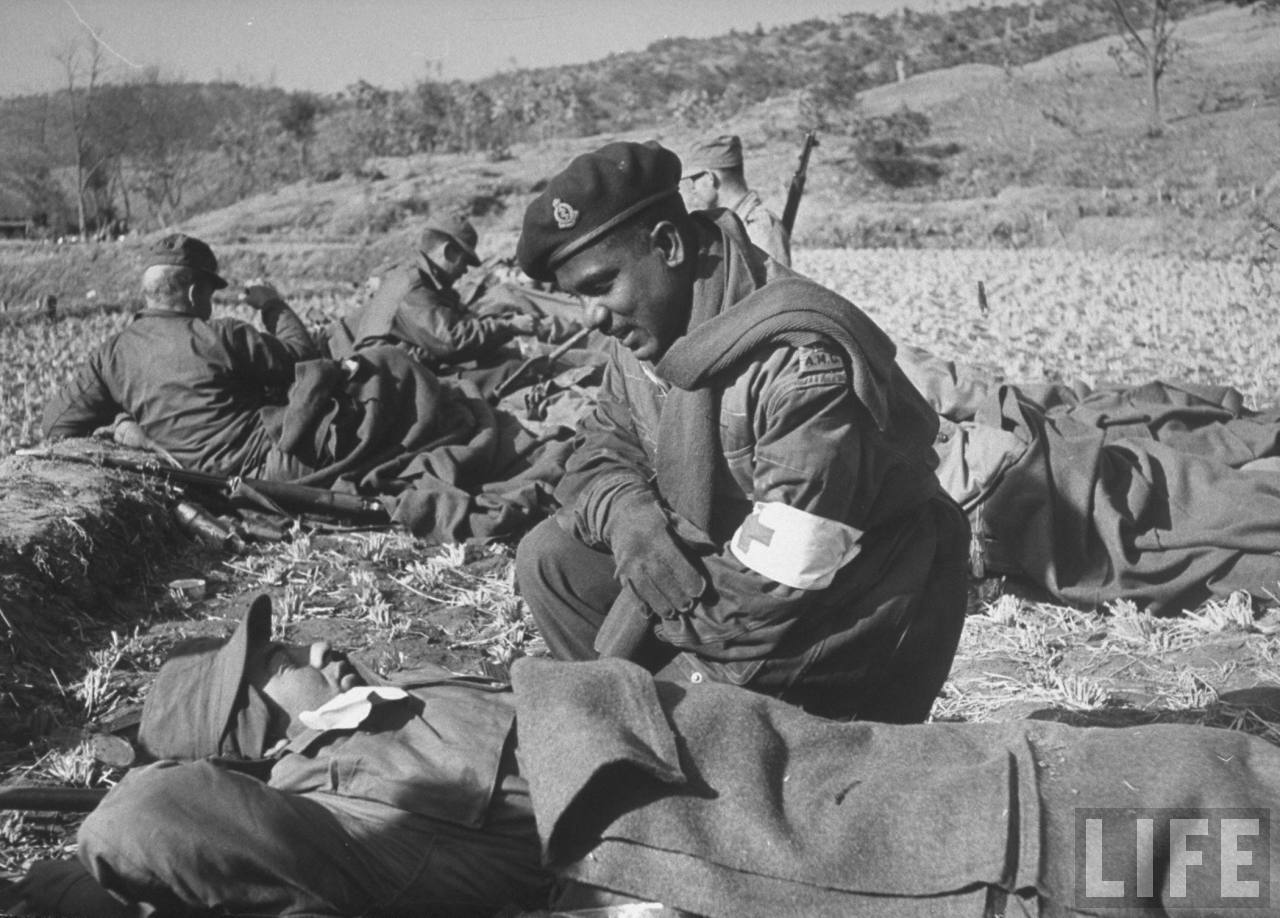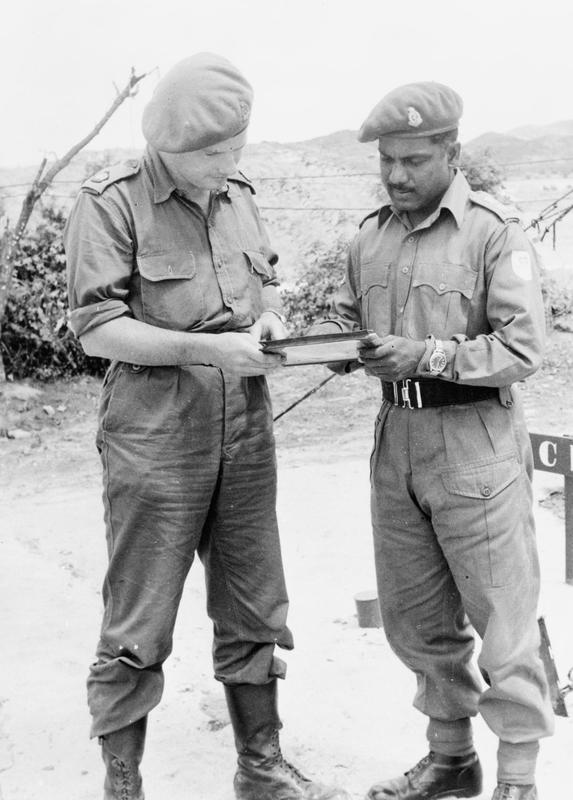The first Indian airborne formation was the 50th Parachute Brigade raised on 29 October 1941, consisting of 151 British, 152 Indian, and 153 Gurkha parachute battalions alongside other support units.
Lt. (later Col.) AG Rangaraj, MVC, of the Indian Medical Service and RMO of the 152 Indian Para battalion, became the first Indian along with Havildar Major Mathura Singh to make a parachute descent. In 1942-43, the formation saw limited action at Nara against Pathan tribals in the North-West Frontier Province and conducted some intelligence-gathering missions in Burma, utilizing their somewhat limited airborne capabilities. Later, in March 1944, less the British battalion (which was transferred to Britain and renamed the 156th Para battalion and formed part of the 4th Parachute Brigade of the 1st Airborne Division), the brigade, less 154 Gurkha Para battalion, saw extensive action at Sangshak and later in the Imphal Plains on the Burmese border against two reinforced Japanese divisions. 154 Gurkha Para battalion had not completed its air training, so stayed back to attain the airborne status.
60 Parachute Field Ambulance was raised as 60 Indian Field Ambulance on 10th August 1942 in Secunderabad and saw action in Burma as a part of 2 Indian Air Borne Division. The performance of the Unit in these operations led to its selection for para duties. It was converted to Para Field Ambulance in 1945. In August 1946 a detachment ADS participated in Operation-HATYA, as a first Indian Air Borne task, to help flood victims in Hatya, an island in the Bay of Bengal. SIXTY also served with distinction during the Kashmir operations of 1948-49, where it raised and maintained the famous ‘CARIAPPA HOSPITAL’.
SIXTY became part of 50 (1) Para Brigade in 1950. It was sent to Korea to join the United Nations Forces in November,1950 as a part of the Commonwealth Division. SIXTY took part in a difficult Air Borne operation, ‘Tomhawak with 187 RCF of United States Army at Munsani in Korea. Two Maha Vir Chakras, six Vir Chakras, One Bar to Vir Chakra and 25 Mention-in-Despatches were bestowed upon the Unit in Korea. Lt Col. A.G. Rangaraj MVC who commanded the Unit in Korea is also the First Indian Paratrooper.
Dr. Rajendra Prasad presented the Presidential Trophy to SIXTY on 10 March 1955 in recognition of noble work done in Korean Campaign.
In 1961 the SIXTY took part in Operation VIJAY in Goa and in the Indo-Pak conflict of 1965.
Indian army doctor (AMC: 1941), he was awarded the Maha Vir Chakra (1951) for bravery in Korea, as part of the UN Peace Keeping Force. A specialist on smallpox, he was later a Senior Adviser to WHO in Afghanistan (1969) and the Gulf (1978).
Is there anyone, anywhere who hasn’t heard of MASH?
When its TV run ended in 1983, the final show was the most-watched television episode in history.
But there’s a remarkable MASH unit hardly anyone here knows of. What a pity. Their raw courage is right out of the most harrowing war movie.
Except that the heros in this real-life saga never came within a million miles of Hollywood. They were Indians … as in, India.
They were members of the 60th Para Field Ambulance … medics who were also parachutists, who jumped into combat alongside the fighting infantry. These MASH men of the 60th were not the boozy, skirt-chasing, wise-cracking cynics of the TV show.
When the Korean War broke out, recently-independent India opted not to send combat forces, but instead would contribute a crack medical team … the 60th Para, which had served in Burma against the Japanese, It was commanded by a veteran, Lieut-Col A.G. Rangaraj, reputedly the first member of the Indian army to earn his parachutists wings, earlier in World War 2. (The photos below are from India’s official account of the 60th’s Korean War experiences).
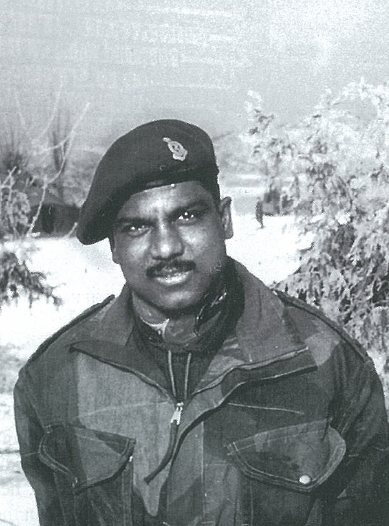
The 60th Para arrived in Korea in Nov, 1950, composed of 346 men, including four combat surgeons, two anaesthesiologists and a dentist.
When the Chinese swarmed through UN lines in November 1950, the 60th had to evacuate its position. But they had no transport and were reluctant to abandon their medical equipment. They stumbled across an ancient steam locomotive, formed bucket brigades to fill the boilers with water, and loaded up the train. Two soldiers (with zero previous train experience), got it all running and chugged across the last bridge south before it was blown. They don’t teach that in medical school or army staff colleges..
Colonel Rangaraj’s logic was: they were specifically trained for mountain operations such as they found in Korea, and had first class equipment for such work. It would have been a great pity to leave it all behind. “We would have been of little use without it,” he said later, “ and could not afford to lose it.”
The Indian medics stuck with the troops they were treating during the horrific rearguard fighting that winter. Three times in three days they set up and then closed down their dressing stations as they tried to find safety, refusing to abandon the wounded.
Best SSB Book –> Let’s Crack SSB Interview
Best AFCAT Book –> Let’s Crack AFCAT
Download:
Later, in March ’51, in the second biggest airborne operation in the war, Operation Tomahawk, a dozen medics of the 60th parachuted in behind the lines with 4,000 US troops. Rangaraj was among them.
Casualties were heavy. A U.S.commander said: “I was immediately struck by the (Indians’) efficiency. That small unit, adapted for an airborne role, has carried out 103 operations. which is quite outstanding for that type of unit … probably 50 of those operated (on) owed their lives to those men.”
60th Para behind enemy lines, with US troops and POWs, Operation Tomahawk
The freezing wounded were lying in the open. The Indian medics dug trenches to shelter them and covered them with parachute silk to keep them warm.
It was typical 60th Para valour. In September, 1951, while attached to Commonwealth troops, they treated 448 casualties in six days of fighting. A month later they evacuated (under fire) another 150 wounded. In many other clashes later they were still in the thick of it. The Indians saved hundreds of wounded.
In all, they treated about 200,000 wounded. … which included 2,300 field medical operations … and in the meantime, also trained local Korean doctors and nurses.
The 60th Para received many decorations from their own country, and from South Korea, the UN, a US Bronze Star, and a unit citation from Douglas MacArthur. India also issued a postage stamp in tribute to their heroism. (Has Canada ever made such a gesture specifically honouring any of our army’s Korean feats?)
The 60th served in Korea for three and a half years, until February 1954, the longest single tenure of any unit in the entire war.
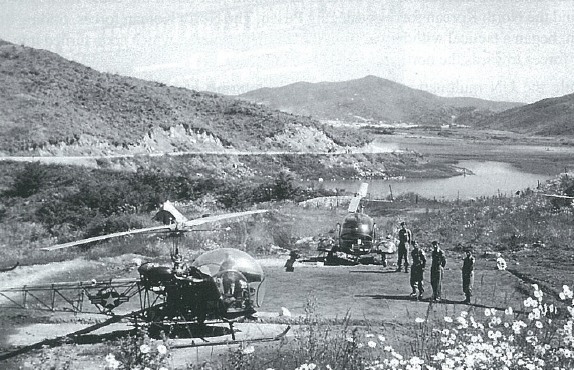
It is quite an outfit with quite the history. Wounded Canadian Korean vets, some from Kapyong, have told me of their great admiration for the Indian medical teams who helped save their lives. It says something about the myopic way we teach history that this unit’s thrilling story is so little known.
We thank Major Poonia sir for letting us know about this great soldiers and helped us to write about it for Indian armed forces fans and aspirants. This story and pictures are collected from different sources.
Best SSB Book –> Let’s Crack SSB Interview
Best AFCAT Book –> Let’s Crack AFCAT
Download:

